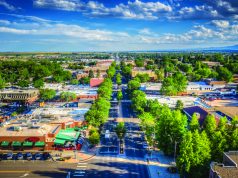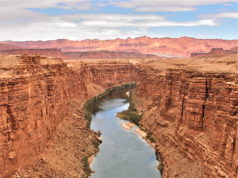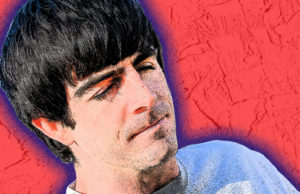Within months after he took office in 2001, an internal briefing paper for Vice President
that could help lower carbon dioxide emissions. The paper also
predicted that a nuclear revival would be criticized because of waste
disposal issues and accidents at
By that May, however, a decision had been made:
Cheney’s energy-policy report backed nuclear power as “a major
component” of America’s electricity portfolio.
Cheney worked closely with the leading nuclear energy proponent in
From 2002 through 2007, nuclear programs got
“Clean coal” may have garnered more headlines under Bush, but R and D
money for nuclear programs grew by 59 percent, while money for fossil
fuels stayed flat, the GAO reported.
The research was essential to solving waste disposal problems and searching for safer new technology.
There was another problem, however: the huge price tag for new nuclear generators.
Reactors are relatively cheap to operate, but current construction estimates run from
Like a blue-collar worker with a yen for a mansion, utilities worried
that they couldn’t qualify for private financing, especially since huge
cost and schedule overruns had spooked
In 2005, Domenici pushed for a first step,
Even with Cheney’s backing, however, the loan guarantees weren’t awarded. The Bush White House held them up, according to
Despite the support from Bush and Cheney, the money
didn’t move to utilities that wanted to build power plants. It now
appears that the Obama administration will change that.
Energy Secretary
packages and pledged to move fast. He’s in talks now with four
finalists, who are pushing him for even more help — as much as
Sen.
The first-round recipients will make or break the case for nuclear power, said
—
(c) 2010, Investigative Reporting Workshop.
Distributed by McClatchy-Tribune Information Services.














